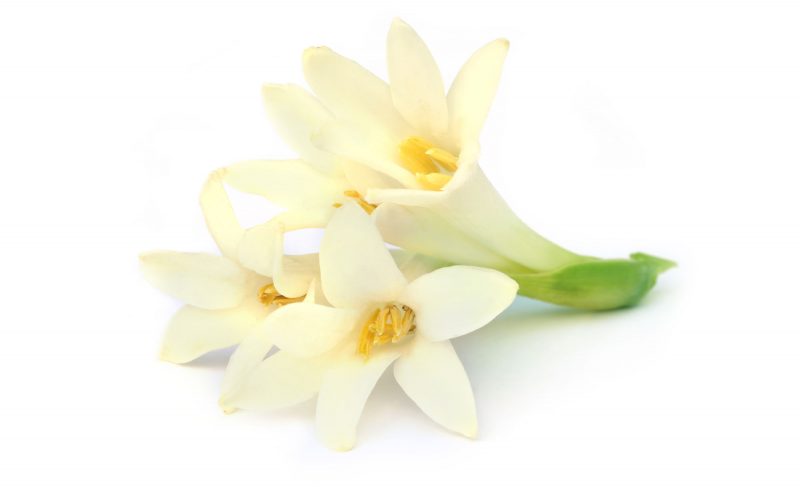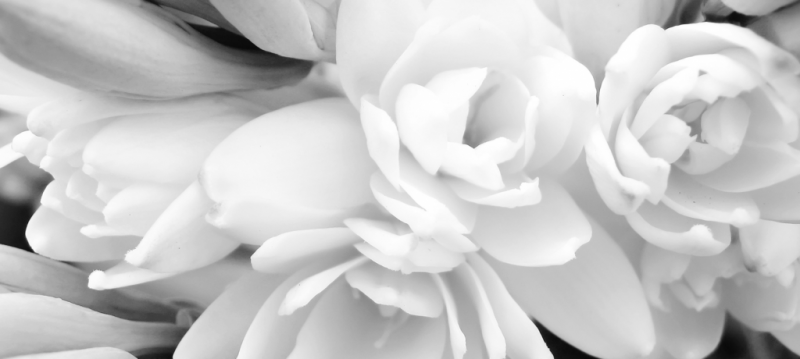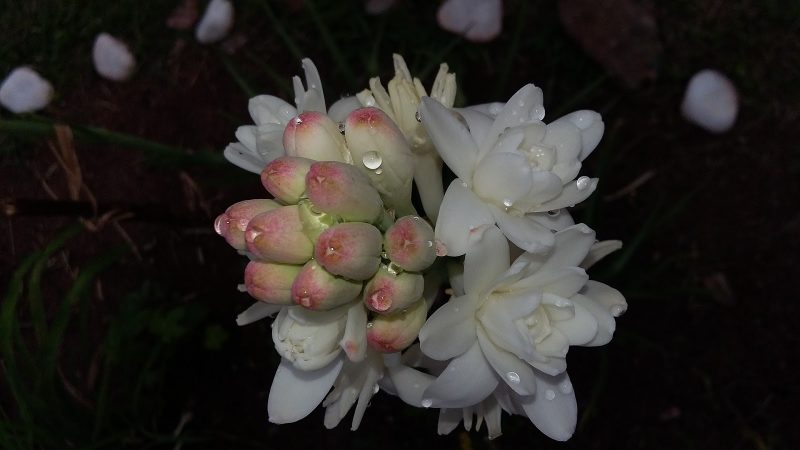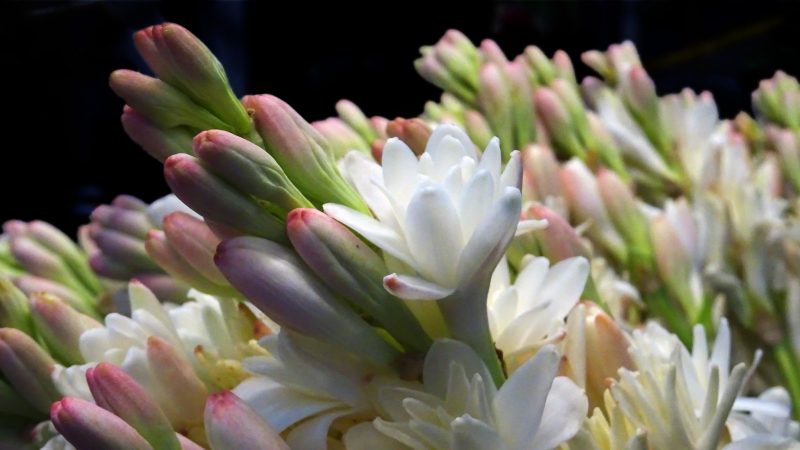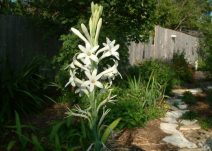The queen of aroma, or tuberose, will certainly become the main decoration of the garden. This flower is not as finicky as it might seem at first glance.
Material Content:
History of flower selection
On an industrial scale, polyantes is grown for cut and for pressing essential oil in India. World history tells that the flower was used by the Aztecs. There are historical documents that indicate that this plant is white and red. In Mexico, on the contrary, the flower of polyantes was considered a weed crop.
After the discovery of America, the British brought a flower to Europe. Since the 16th century, the delicate aroma of polyantes has been greatly appreciated by perfumers. A liter of essential oil was obtained from a ton of flowers.
Description and features of tuberose
Tuberose flower is an exotic plant that blooms with luxurious flowers that exude a sweet aroma. The plant is perennial; its root system is a cluster of small bulbs. In the second year of life, the flower begins to bloom, and then the old bulbs are replaced by new ones.
The most fragrant variety is called "Pearl". The height of the shoots of the plant is only 50 cm.
The flower belongs to the Agave family. The yucca, as well as dracaena, nolin, belong to the same family.
Outdoor landing
Planting and caring for tuberose in the open ground is not so difficult, despite the exotic origin of the plant. Tuberoses are propagated with small bulbs. During the season, a plant in the garden can give up to 10 children. The larger the bulbs, the larger the flower will be.
Experienced flower growers, in order to stimulate the plant to bloom, practice bulb heating before planting. To do this, planting material is simply wrapped in a wet cloth and placed in a warm place.The room should have a temperature of about +25 ºС. When the first roots appear, bulbs can be planted on a flower bed.
This plant is very thermophilic and loves light. This must be taken into account when choosing a site for planting polyantheses. But you can not plant a plant in the sun.
- When the soil warms up to +10 ºС in spring, the bulbs begin to plant.
- They are buried in the ground by about 3 cm.
- When planting between the bulbs, leave about 15 cm.
- After 3 weeks, seedlings should appear together.
The plant prefers light and fertile soil. It is advisable to plant planting material on a sand cushion. The landing site should be protected from drafts, since tuberose does not like the wind.
To speed up the flowering of tuberose in the garden, you can plant the bulbs in a warm room in containers that are taken out to fresh air in the summer. So flowering will come much earlier. Usually, in the middle lane of tuberose, they are planted in open ground in mid-spring.
Agrotechnics of cultivation and care
Growing a flower requires persistence from the grower.
- The main thing for polyantes is lighting. But in the intense heat of summer, when the sun is most active, tuberose must be shaded. In the shade, these plants are not planted, because when there is a lack of sunlight, they simply will not bloom.
- Homeland of this delightful flower Mexico. Therefore, it is not surprising that tuberose loves heat very much. The optimum temperature for proper growth and lush flowering is +20 ºС. If it is cold, the plant will not bloom.
When the temperature drops below +15 ºС, polyantes will die.
- This perennial is very fond of moisture, and in dry periods it needs to be sprayed several times a day. But you need to irrigate the plant only in the morning and in the evening, since the burning sun can leave burns on the leaves. Tuberose is watered as the soil dries, in no case allowing the earth around the roots to dry completely.
- Be sure to feed the plant. In order for polyantes to quickly grow green mass in the spring, mineral fertilizers are needed. They are bred at the rate of 40 g per 10 liters of water. Tuberose also loves organic nutrition. In the summer, the flower is fed with mullein infusion, diluting it with water in a ratio of 1:10. For the entire summer season, polyantes is fed 4 times.
Often, inexperienced gardeners encounter fragility of stems when growing tuberose. Under the weight of the inflorescences, the shoots of the polyanthus easily break, so they must be tied to a support.
Pruning, preparing for winter
When the leaves of the fragrant beauty begin to turn pale and yellow, then it is time to send the plant to rest. To do this, first trim. The plant begins to rest from about mid-September. At this time, watering is completely stopped, and the entire ground part is cut off. In this form, the plant should be until spring.
Polyantes may not survive the cold winter of the middle lane, so it should be covered.
If a snowy winter is expected, the flowerbed is covered with fallen leaves or sawdust, sprinkled with peat. On top of the landing, you can cover with a spruce branch, which will hold the snow. In the spring, with the beginning of snow melting, the shelter is removed.
When the first heat comes, the bulbs can be dug up to separate the children from them. In spring, this flower tolerates division of the nest very well. Then tuberose is again planted in the ground.
The use of varieties in landscape design
With proper care, polyantes will turn a personal plot into a paradise, filled with fragrant aroma.
- When designing garden plots, Polyantes is widely used for decorating recreation areas. The plant is appreciated for its late flowering and unique aroma.
- Tuberose also looks great in flower arrangements.
- The best place for planting polyantes is next to the fence, which will serve as a support for the stems.
- Tuberose is also planted in front of the entrance, because it smells very nice.
What smells of tuberose flower
No wonder in India the aroma of tuberose is called the "aroma of night."He is exciting, and therefore he always attracted lovers. The aroma of tuberose is so saturated that in calm weather it can even cause a headache.
The smell is very intense and more like the aroma of white flowers and hyacinths, lilies of the valley and oriental lilies.
A frequent guest in oriental and floral perfumery compositions is precisely tuberose. The sensual femininity of the aroma of polyantes inspires designers to create more and more perfume masterpieces.


